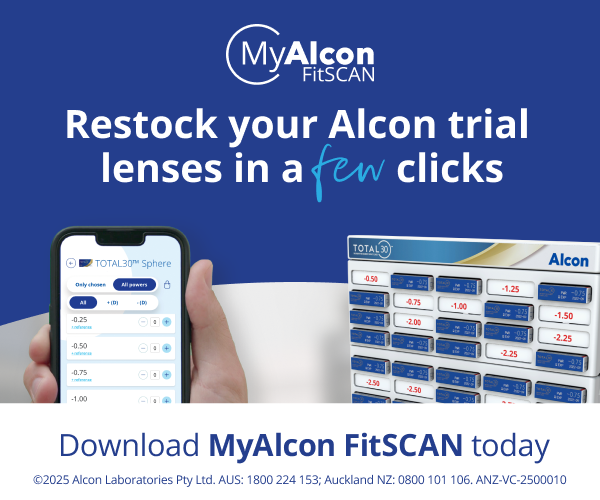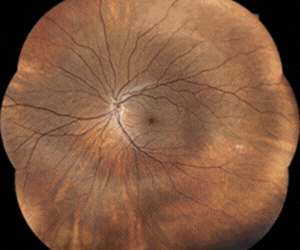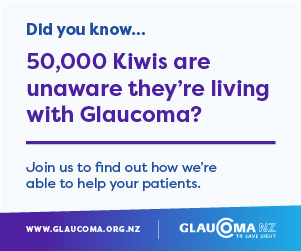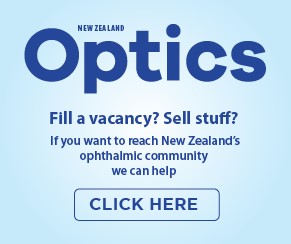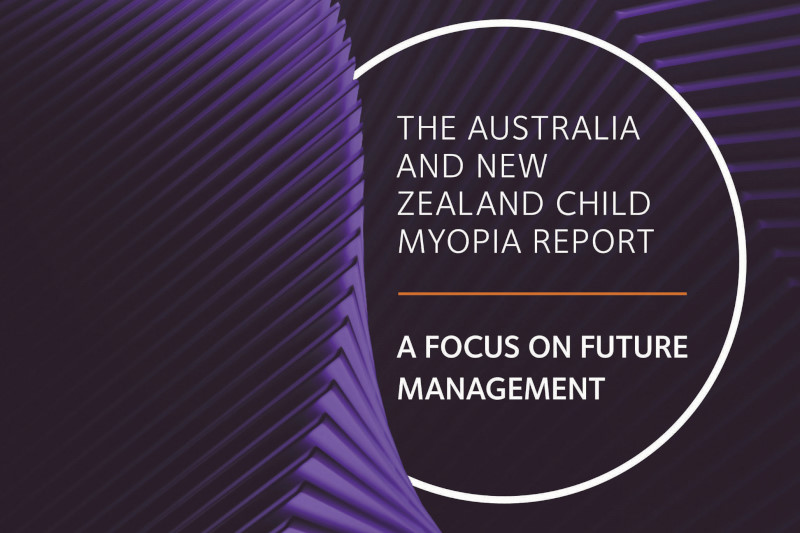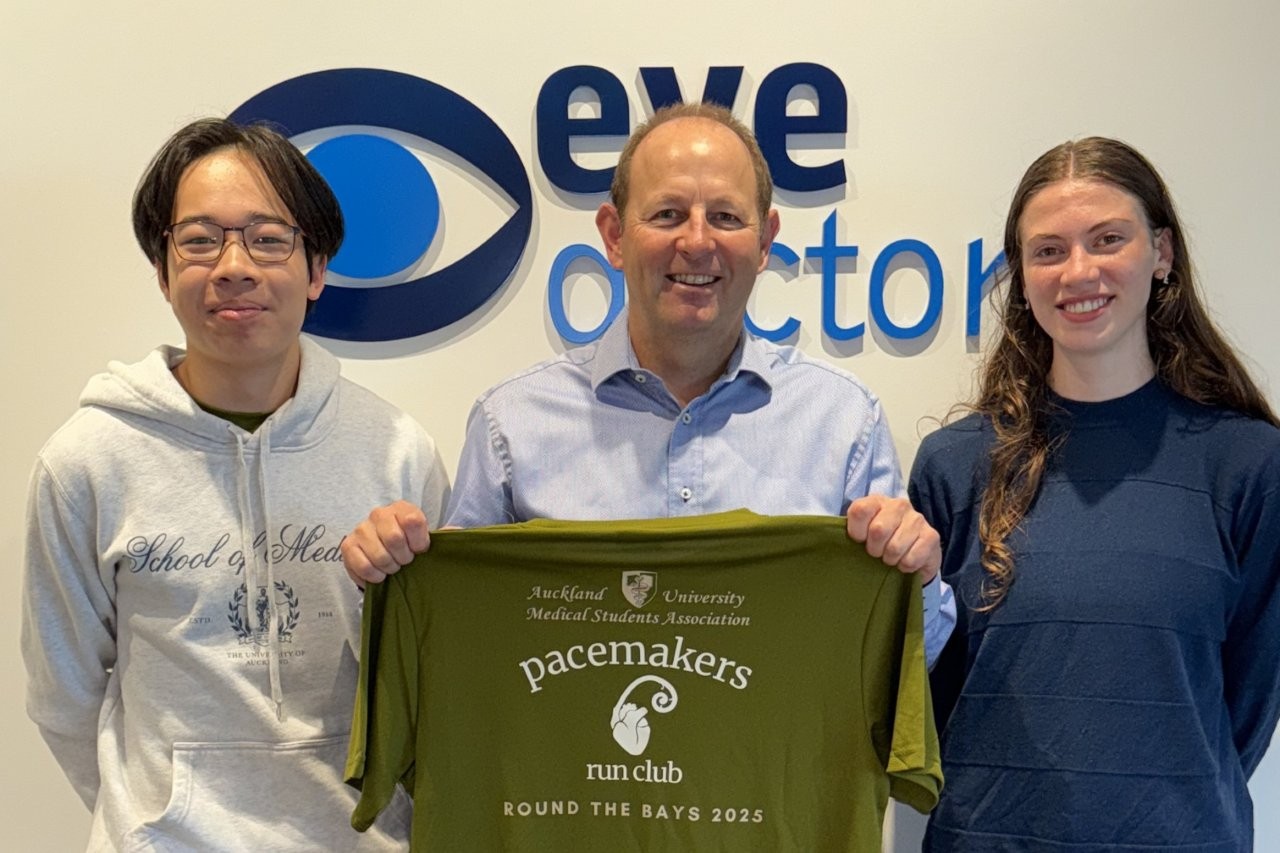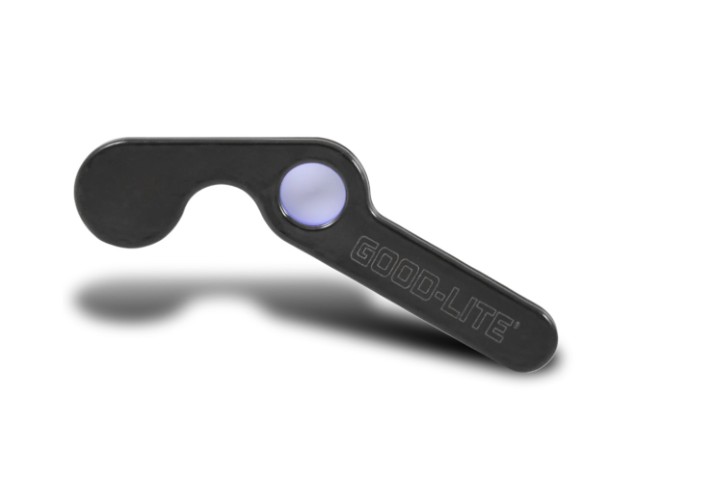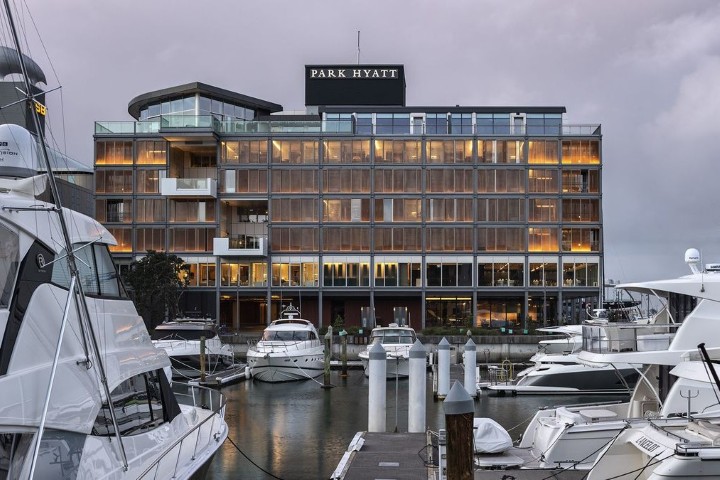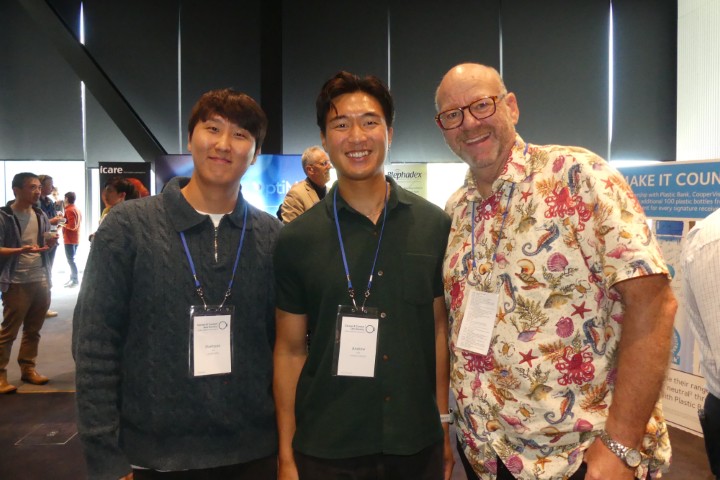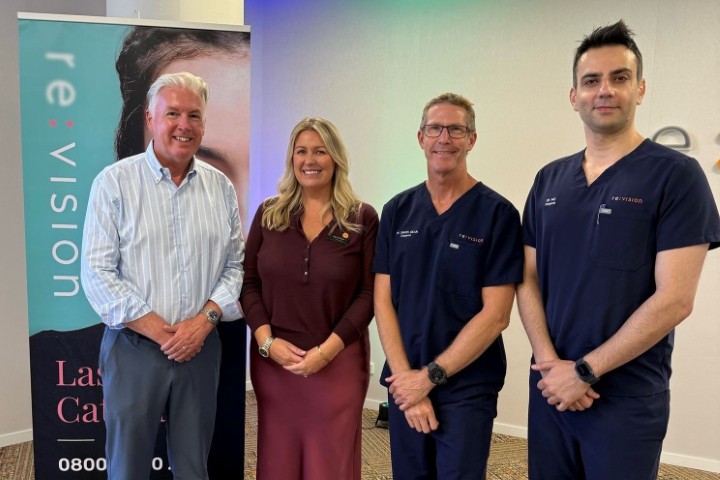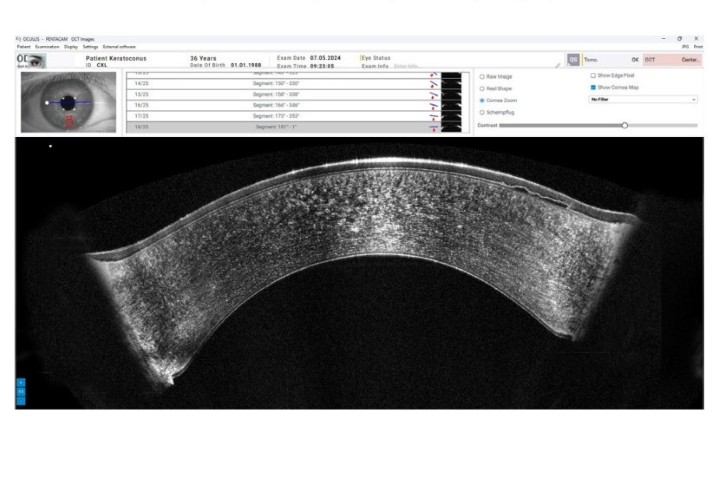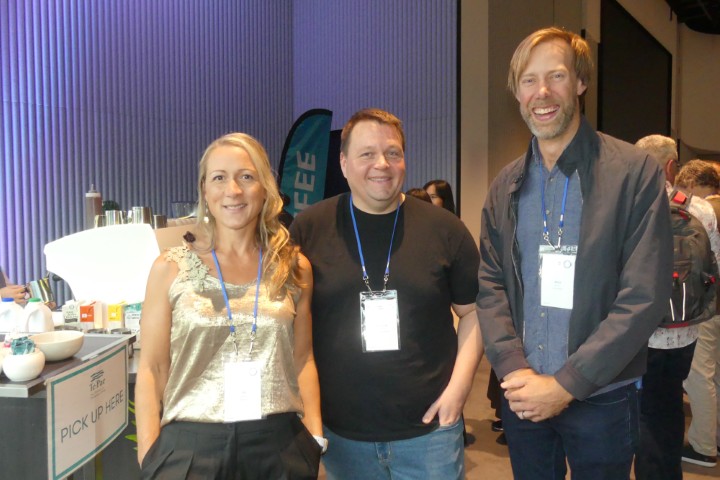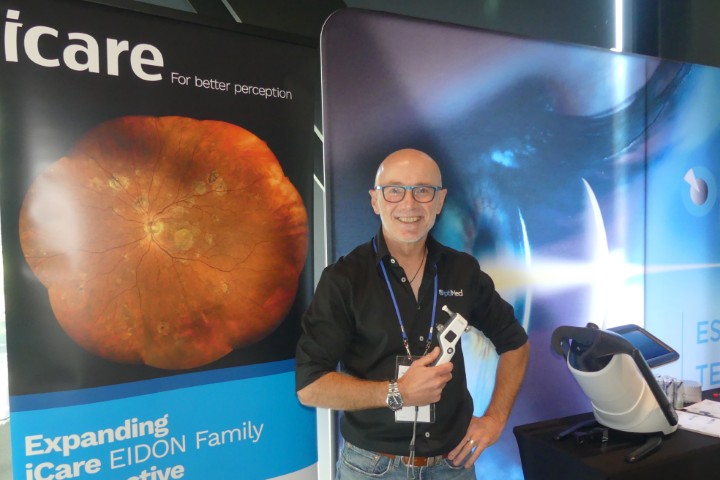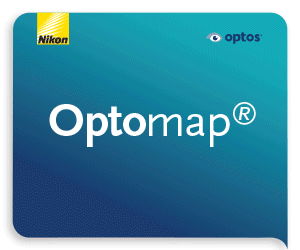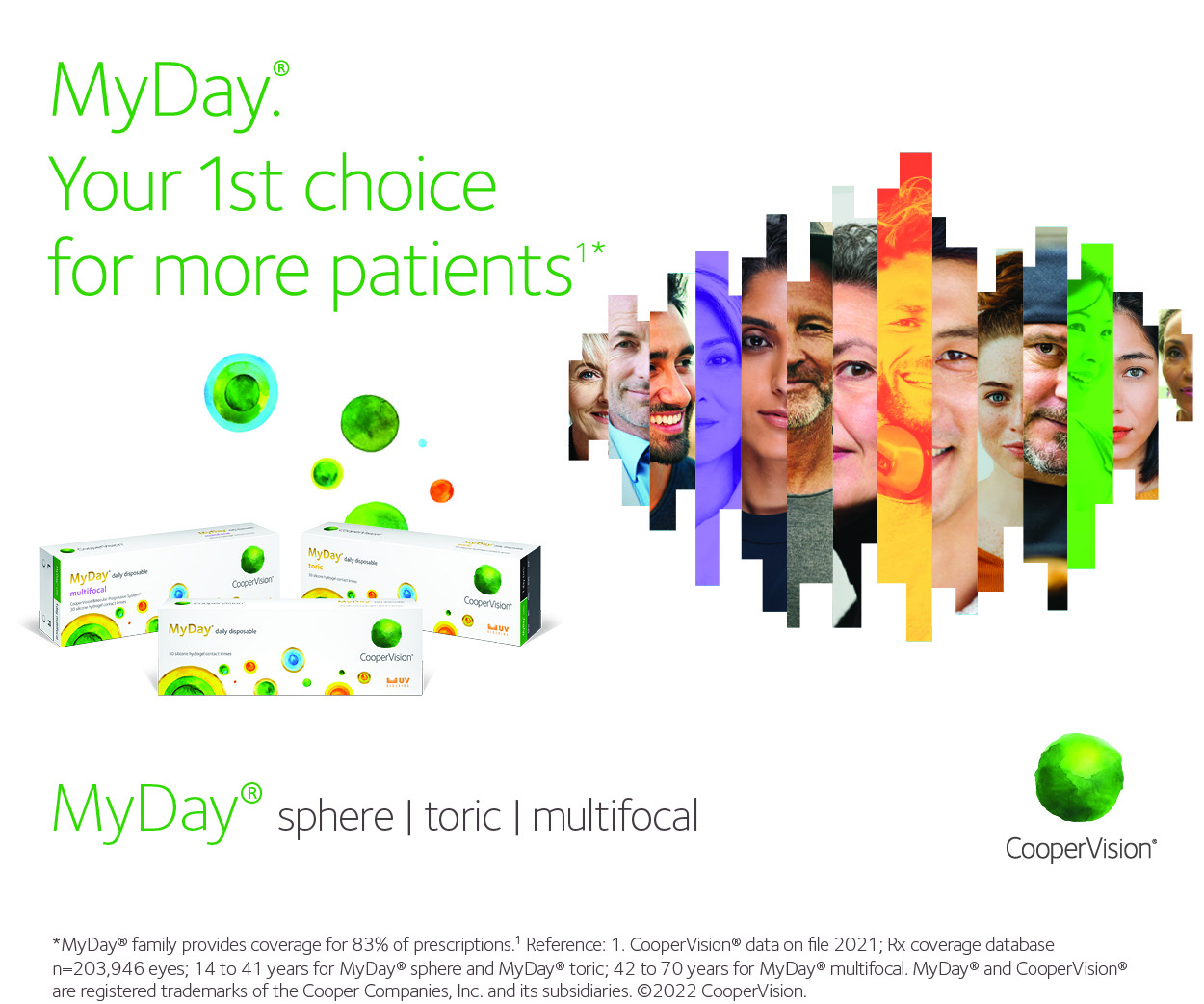ANZ myopia report unveiled
A trans-Tasman myopia group has released a new report, ‘The Australia and New Zealand Child Myopia Report – A Focus on Future Management’, to bring together the latest evidence-based data to help the general population better understand this looming public health issue.
With myopia forecast to reach epidemic levels, a flurry of initiatives, new groups and white papers have been kicked off, formed and released, respectively, to tackle the global problem of myopia. By 2050, the Brien Holden Vision Institute estimates more than 50% of the world’s population will have myopia and 10% (almost 1 billion) will have high myopia (a refractive error of at least -5.00D in either eye).
Consumer research released to support the report’s launch, found 65% of Australian parents and 69% of New Zealand parents with children aged under 17 didn’t know what myopia was and only 12% in both countries recognised the health risks associated with myopia, such as retinal detachment, glaucoma, cataracts and myopic maculopathy. While most worrying, just over 75% of Australasian parents with children under 12 believe glasses is the best course of action if a primary
school age child is diagnosed with myopia, said Australia and New Zealand Child Myopia Working Group member, Luke Arundel, Optometry Australia’s chief clinical officer. “At a time when the profession’s focus is on the importance of managing myopia and ultimately slowing its progression, it is key to have a recommended standard of care that shifts from not only correcting vision but to also include a discussion with parents that explains what myopia is, the increased risks to long-term ocular health myopia brings, and the available approaches that can be used to treat myopia.”
Fellow Working Group member, Wellington-based optometrist Andrew Sangster, said other research shows myopia is occurring earlier in life¹, resulting in more high myopes. “In 1983, the typical onset of myopia was around 11 years of age. However, in 2000, the average onset of myopia was just eight years of age. Reducing the prevalence and impact of myopia and understanding influencing factors is critical.”
In a public media release about the new report, in an effort to increase awareness among the general population, the group stressed the importance of outdoor activity and limiting screen time for kids, especially if they have myopic parents, to reduce the two main risk factors for childhood myopia.
The CooperVision-led working group’s aim is to set a recommended standard of care for child myopia management to help slow myopia progression in the region’s children. As well as Arundel and Sangster, members include New Zealand consultant ophthalmologist, Dr Rasha Altaie; optometrist and Cornea and Contact Lens Society Australia president, Margaret Lam; optometrist and Cornea and Contact Lens Society New Zealand president, Jagrut Lallu; Australian paediatric ophthalmologist, Dr Loren Rose; and chair, Professor Fiona Stapleton, head of the School of Optometry and Vision Science, UNSW.
1. Lin LL, Shih YF, Hsiao CK et al. Prevalence of Myopia in Taiwanese School Children: 1983 to 2000. Ann Acad Med Singapore 2004; 33:27-33





